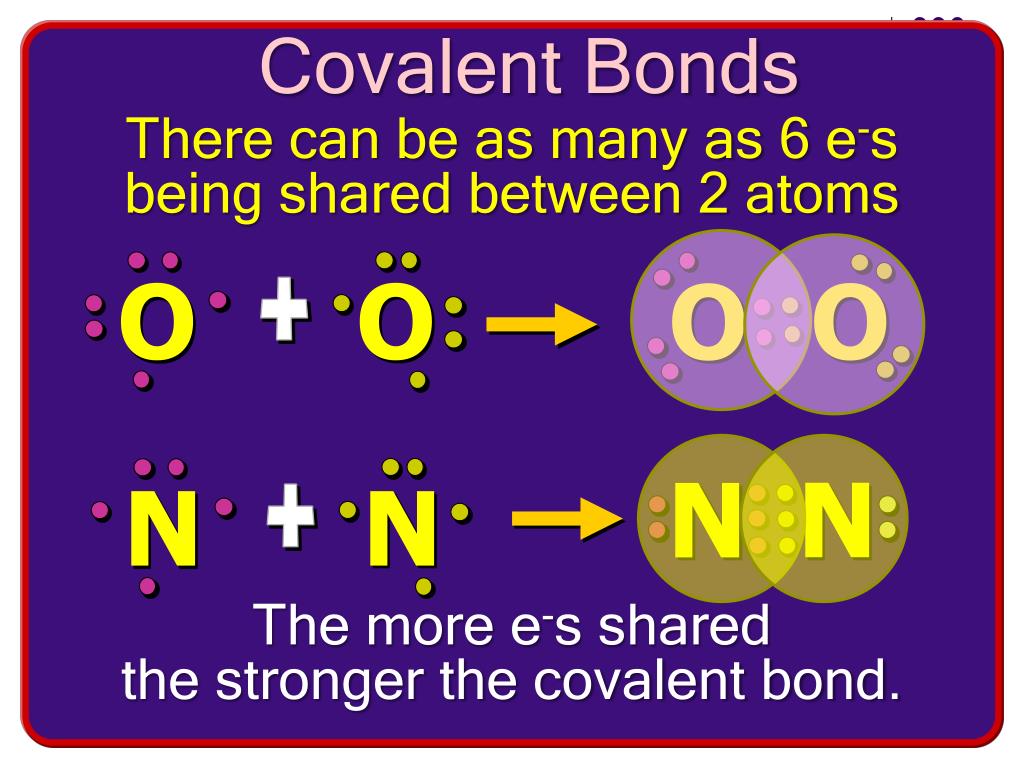

Two complexes involve protonated azamacrocycles as counterions, ( 1) and 2 ( 2), where cyclam = 1,4,8,11-tetra-azacyclotetradecane and R,S-Me 6cyclam = 7( R),14( S)-5,5,7,12,12,14-hexamethylcyclam, which crystallize as a one-dimensional (1D) ribbon-like coordination polymer and a two-dimensional (2D) network with sql topology, respectively, the counterions providing additional hydrogen bonding connectivity. The different conformations found for the cyclic ligand (cis,trans,cis or trans,trans,trans in most cases, with one instance of cis,trans,trans), the diverse coordination modes adopted, and the presence of additional metal cations in some cases result in variations in dimensionality and topology of the complexes formed.

Six uranyl ion complexes with 1,2,3,4-cyclobutanetetracarboxylic acid (H 4CBTC) and one with 1,2,3,4-butanetetracarboxylic acid (H 4BTC) have been obtained under solvo-hydrothermal conditions in the presence of diverse, organic or metallic counterions.


 0 kommentar(er)
0 kommentar(er)
